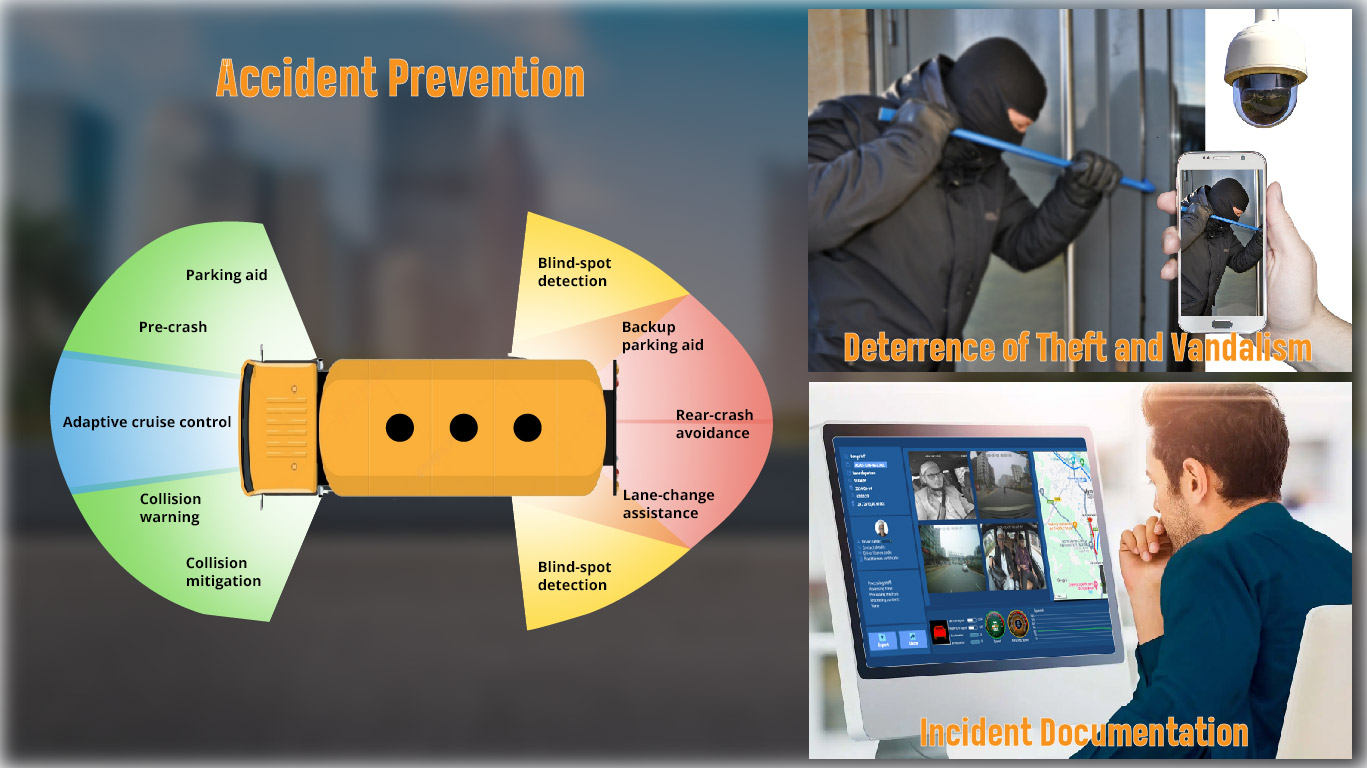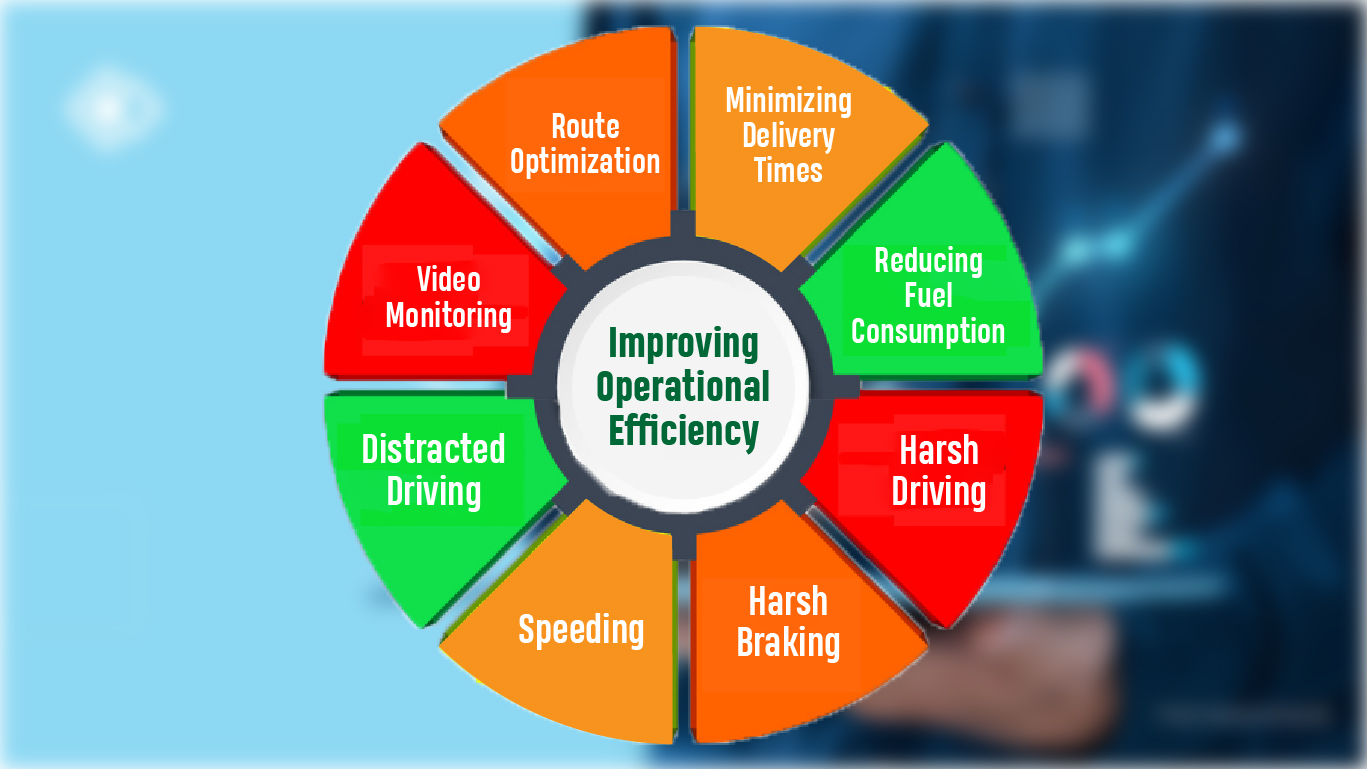As technology continues to evolve, industries are finding new ways to enhance safety, efficiency, and accountability. One such advancement is the integration of video monitoring systems in large LPG (Liquefied Petroleum Gas) carrier trucks. These vehicles are crucial for transporting hazardous materials, making safety and security paramount. Here’s a comprehensive look at why video monitoring is essential for large LPG carrier trucks.
1. Enhancing Safety and Security
Accident Prevention
Large LPG carrier trucks navigate through diverse terrains and weather conditions, increasing the risk of accidents. Video monitoring systems, equipped with cameras placed around the vehicle, provide real-time visuals to the driver. This aids in:
- Detecting blind spots.
- Monitoring surrounding traffic.
- Observing road conditions.
By having a constant visual feed, drivers can make informed decisions to avoid potential hazards.
Incident Documentation
In the unfortunate event of an accident, video footage serves as an invaluable tool. It provides a clear, unbiased account of events leading up to and during the incident. This documentation is crucial for:
- Insurance claims.
- Legal investigations.
- Determining liability.
Deterrence of Theft and Vandalism
LPG trucks, given the value of their cargo, can be targets for theft and vandalism. Video monitoring acts as a deterrent, reducing the likelihood of such incidents. In case of a breach, recorded footage can help identify and apprehend perpetrators.

2. Improving Operational Efficiency
Route Optimization
Video monitoring systems often integrate with GPS and telematics data, allowing fleet managers to track the real-time location and movement of trucks. This integration helps in:
- Planning efficient routes.
- Reducing fuel consumption.
- Minimizing delivery times.
By analyzing video and telematics data, companies can identify and eliminate inefficiencies in their logistics operations.
Driver Performance and Training
Monitoring driver behavior is critical for ensuring the safe operation of large LPG carrier trucks. Video systems can capture instances of:
- Distracted driving.
- Speeding.
- Harsh braking.
Fleet managers can review this footage to provide constructive feedback and targeted training, promoting safer driving habits and reducing the risk of accidents.

3. Regulatory Compliance
Adhering to Safety Standards
The transportation of hazardous materials like LPG is subject to stringent regulations. Video monitoring systems help ensure compliance by:
- Documenting adherence to safety protocols.
- Providing evidence of regulatory compliance during inspections.
Enhancing Maintenance Practices
Regular maintenance of LPG carrier trucks is vital for safety. Video monitoring systems can record the condition of the vehicle, identifying issues that may require immediate attention. This proactive approach to maintenance helps in:
- Preventing breakdowns.
- Ensuring the vehicle meets safety standards.

4. Cost Management
Reducing Insurance Premiums
Insurance companies recognize the value of video monitoring systems in mitigating risks. Trucks equipped with these systems often benefit from lower insurance premiums, leading to significant cost savings for companies.
Minimizing Legal Expenses
In the event of an accident, having clear video evidence can expedite legal proceedings, potentially reducing litigation costs and settlement amounts.

5. Building Customer Trust
Transparency and Accountability
Customers entrust companies with the safe delivery of LPG. Video monitoring systems enhance transparency by providing verifiable records of the transportation process. This accountability helps in:
- Building customer trust.
- Strengthening business relationships.
- Differentiating from competitors.
Ensuring Timely Deliveries
Real-time monitoring allows companies to provide accurate delivery estimates and promptly address any delays. Reliable and timely service enhances customer satisfaction and loyalty.

Conclusion
The integration of video monitoring systems in large LPG carrier trucks is a game-changer for the industry. These systems enhance safety, improve operational efficiency, ensure regulatory compliance, manage costs, and build customer trust. As technology advances, the adoption of video monitoring will likely become a standard practice, setting new benchmarks for safety and efficiency in the transportation of hazardous materials. Companies that embrace this technology will not only safeguard their assets but also pave the way for a safer and more efficient future in logistics.
🌐Discover more
Visit at: https://www.bongoiot.com
https://www.bongoiot.com/video-telematics
Watch Video -> https://www.youtube.com/watch?v=jOTG7KfSFLI
WhatsApp: 01322813551
or,
Mail Us: sales@bongoiot.com

